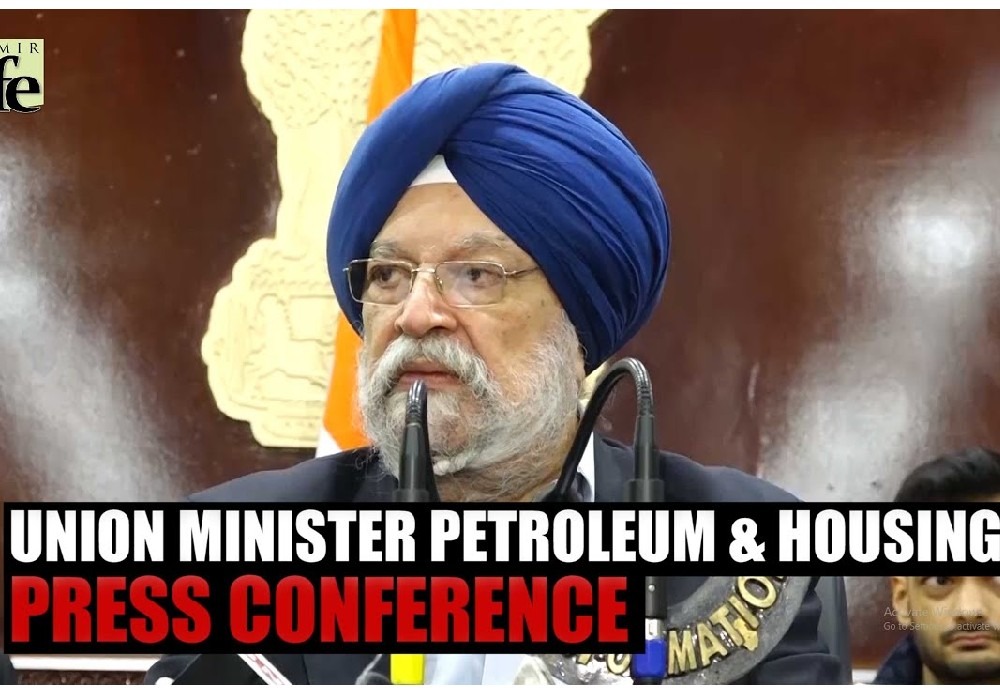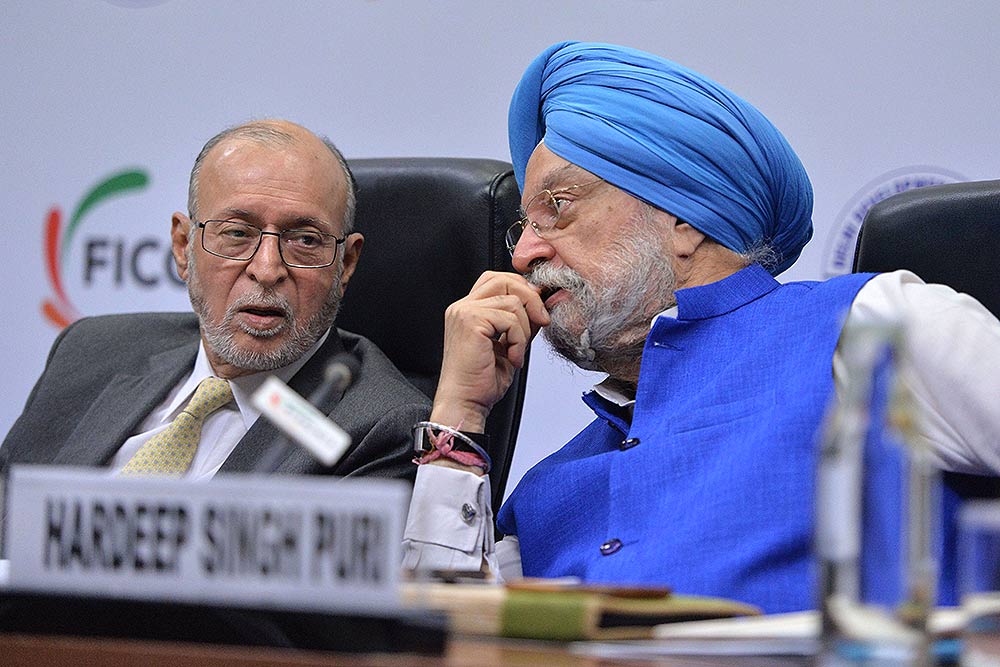Despite last week’s crude oil price spiral, the situation seems to be stabilising with analysts expecting the market to cool off in the coming days. Tensions between Israel and Iran led to a 13 per cent spurt in Brent crude prices in the past seven days, with the benchmark crude hitting $79.4 per barrel on October 7, up from $70.2 just a week earlier.
The Indian government is confident of shielding the country from any fallout in case of crude oil supplies being hit by an escalation in the tensions.
“Today there is more oil available in the world than there is consumption”, said Hardeep Singh Puri, Union Minister for Petroleum and Natural Gas, adding, “If some parties hold back on availability there are new suppliers on the market also, in the short to medium term I do not see any shortage of oil in the world. There is enough oil available and we have enough choices to exercise.”
Currently, India imports 88 per cent of its crude oil requirements from 39 countries, leaving it exposed to the vagrancies of the market.
According to energy market expert Narendra Taneja, the situation could get hairy for India only if tensions escalate in the Gulf. “If Israel attacks oil installations in Iran, the situation will get out of control”, said Taneja in a conversation with Business Today. He added that Iran in turn could block the Straits of Hormuz and create a “massive disruption in supplies causing prices will go through the roof.”
Softening crude prices
If the geo-political situation does not worsen in the coming days, crude prices are seen softening with experts of the opinion that Israel and Iran are likely to pull back from the precipice as neither can afford the results of an all-out war.
“Benjamin Netanyahu has been very cautious about starting a war with Hezbollah”, says Ian Bremmer, President and Founder, Eurasia Group, because Hezbollah is far better trained and armed than Hamas. He adds the likelihood of an all-out war is low. “So, on one hand they want to get Hezbollah forces away from the Israeli border so that Israelis can come back to their homes and schools, on the other hand the likelihood of an all-out war is pretty low. That’s the reason oil prices haven’t moved since August and markets also do not believe that it is coming”, says Bremmer.
Sara Vakhshouri, President, SVB Energy International says, “Looking at where the prices will go, definitely it depends on where the destruction would be and how much oil is going to be taken off the market. But historically, we have seen that geopolitical factors, if the impact is not in a larger scale and could be mitigated, is not huge.”
Oil markets stabilising
The markets clearly reflect a sangfroid. Data from FactSet (in the table) shows Brent crude prices falling in the futures market. The trend displays the current tension bleeding off slowly in the next few months.
|
Futures |
Price of Brent crude |
|
December |
$79.05 |
|
January |
$78.41 |
|
February |
$77.84 |
|
March |
$77.41 |
|
April |
$77.08 |
|
May |
$76.77 |
A report by ANZ also helped cool down the market. Aside from stating that it did not see a drastic escalation in tensions with Iran, the report also flagged the possibility of enough supply buffers in the market, especially from the Organization of Petroleum Exporting Countries (OPEC), to offset supply disruptions in the Middle East.
Meanwhile, the Indian basket of crude oil, which comprises sour grade (Oman & Dubai average) and sweet grade (Brent dated) of crude oil processed in Indian refineries, averaged $ 78.27 per barrel in August, down from $ 84.15 per barrel the month before. Indian retail prices are calculated basis this basket. From April this year, when the price had hit a high of $ 89.44 per barrel, the Indian basket has been on a declining trend.
Petrol and diesel prices have remained static since mid-2022 in India.

Synopsis Union Minister Hardeep Singh Puri stated India's commitment to an inclusive global energy future through open collaboration, highlighting the India-Middle ..

देश में एक करोड़ यात्री प्रतिदिन कर रहे हैं मेट्रो की सवारी: पुरी ..

Union Minister for Petroleum and Natural Gas and Housing and Urban Affairs, Hardeep Singh Puri addressing a press conference in ..

Joint Press Conference by Shri Hardeep Singh Puri & Dr Sudhanshu Trivedi at BJP HQ| LIVE | ISM MEDIA ..
(3).jpg)
"I wish a speedy recovery to former Prime Minister Dr Manmohan Singh Ji. God grant him good health," Puri wrote. ..